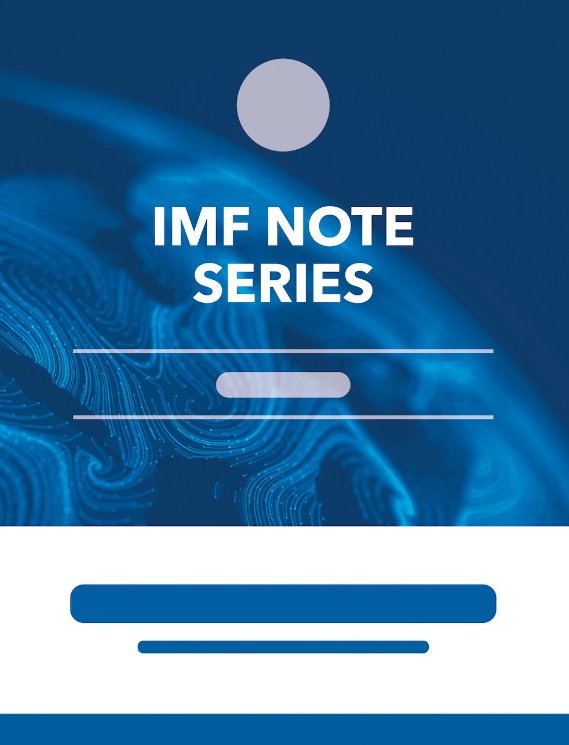Monetary Policy Rules and the U.S. Business Cycle: Evidence and Implications
September 1, 2004
Disclaimer: This Working Paper should not be reported as representing the views of the IMF.The views expressed in this Working Paper are those of the author(s) and do not necessarily represent those of the IMF or IMF policy. Working Papers describe research in progress by the author(s) and are published to elicit comments and to further debate
Summary
This paper estimates Taylor-type interest rates for the United States allowing for both time and state dependence. It provides evidence that the coefficients of the Taylor rule change significantly over time, and that the behavior of the Federal Reserve over the cycle can be explained using a two-state switching regime model. During expansions, the Federal Reserve follows a rule that can be characterized as inflation targeting with a high degree of interest rate smoothing. During recessions, the Federal Reserve targets output growth and conducts policy in a more active manner. The implications of conducting this type of policy are analyzed in a small scale new Keynesian model.
Subject: Banking, Financial services, Inflation, Inflation targeting, Monetary policy, Prices, Production, Production growth, Real interest rates
Keywords: core CPI inflation, demand shock, Fed chairman, Inflation, inflation dynamics, inflation equation, Inflation targeting, inflation volatility, monetary policy rule, Production growth, Real interest rates, stabilization trade, Switching Regime Models, Taylor Rule, Time-Varying Coefficients, WP
Pages:
27
Volume:
2004
DOI:
Issue:
164
Series:
Working Paper No. 2004/164
Stock No:
WPIEA1642004
ISBN:
9781451858020
ISSN:
1018-5941






